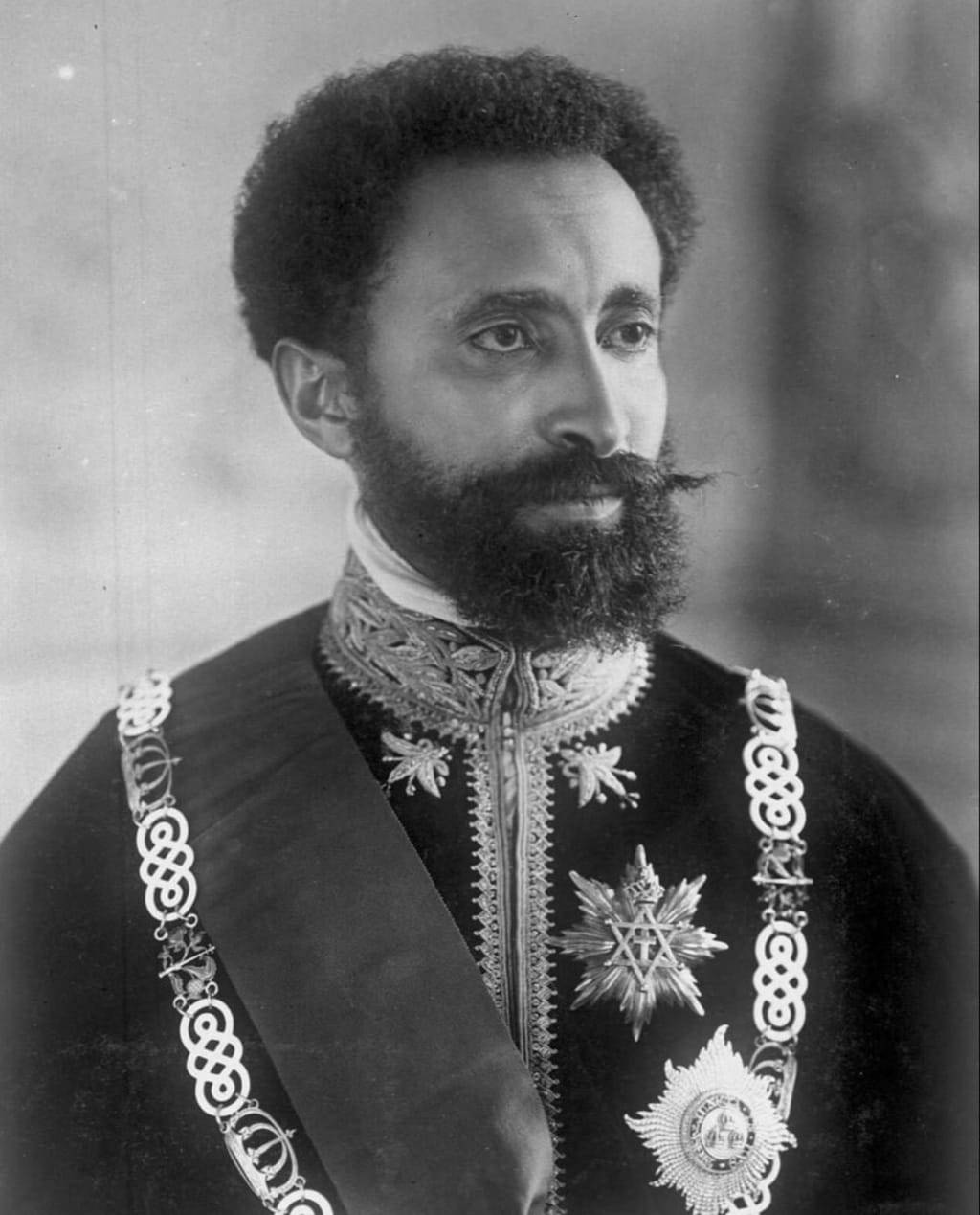Emperor Haile Selassie I ruled Ethiopia for over 40 years, leading the country through monumental changes and leaving an indelible mark on its history. Revered by millions as the "Lion of Judah", Selassie was considered an iconic and visionary leader in his time. He brought Ethiopia onto the world stage, guiding it into the League of Nations and later the United Nations. Selassie also made Addis Ababa the vibrant centre for the Organization of African Unity, known today as the African Union.
However, the seeds of Selassie's downfall were sown through the very reforms he initiated. By modernizing Ethiopia's military and establishing the country's first university, Haile Selassie unwittingly created the institutions that would catalyse his overthrow.
Military Modernization
In the early 1960s, Selassie began sending Ethiopian officers abroad for military training, exposing them to more liberal ideas. Meanwhile, the Haile Selassie I University educated a new generation that questioned Selassie's feudal authority. As students absorbed Marxist and communist ideologies, they grew increasingly critical of the emperor's oppressive, oligarchic rule.
By 1969, the university had become a hotbed of unrest. After a student leader was killed on campus, allegedly by the regime's security forces, protests erupted into violence, leaving dozens dead. Selassie responded with superficial concessions, hoping to quell dissent. However, the brutality of his crackdown only inflamed tensions.
Rise of the Derg
Within the military, many soldiers harboured grievances over low wages, poor working conditions, and limited opportunities for advancement. In 1974, mutinies broke out within army units across Ethiopia.
A shadowy group called the Derg, comprised of disgruntled junior officers and enlisted men, emerged at the forefront of the growing rebellion. The Derg operated in secrecy at first, slowly expanding its ranks and arresting or executing members of Selassie's old guard.
Emboldened by weakening opposition, the Derg became increasingly brazen in its attacks on the emperor. State media broadcast Derg propaganda blaming Selassie for corruption, famine, and exploitation. By September 1974, the Derg felt powerful enough to depose Selassie altogether.
The Creeping Coup
On September 12th, after months of upheaval, the Derg officially announced Selassie's overthrow on national radio. The "creeping coup" was complete. Crowds gathered in the streets of Addis Ababa, cheering the emperor's downfall after over 50 years in power.
Selassie was placed under house arrest, subjected to abuse and mistreatment. One year after his overthrow, he died alone and largely forgotten. With the emperor gone, the Derg abolished the centuries-old Solomonic dynasty and established a military council to rule Ethiopia.
The Derg's leader, Mengistu Haile Mariam, would control the country with an iron fist for nearly two decades. His Marxist-Leninist regime, known as the "Red Terror," unleashed unprecedented violence, oppression, and famine across Ethiopia.
Factors in Selassie's Downfall
A number of factors precipitated Selassie's sudden downfall after decades of stable rule. The famines of 1972-1973, which the emperor tried to conceal, exposed the corruption and ineptitude of his bureaucracy. Soaring gas prices and widespread unemployment exacerbated popular discontent. However, the main catalysts for revolution came from the institutions Selassie himself had created.
By educating Ethiopian youth and modernizing the military, the emperor sowed the seeds of dissent that would eventually topple his regime. The students and junior officers he empowered saw Selassie as an out-of-touch tyrant rather than the benevolent father he styled himself to be.
Conclusion
Emperor Selassie's reluctance to reform his oppressive system, despite the forces of change brewing within Ethiopian society, ultimately led to his undoing. The Lion of Judah's downfall serves as a cautionary tale for autocratic rulers who fail to address the aspirations of their citizens. Though Selassie modernized Ethiopia in many ways, his unwillingness to relinquish power and adapt to new political realities fermented the popular discontent that swept him from his throne.
The emperor lived long enough to see his mighty empire reduced to rubble. But from the ashes of Selassie's dynasty, the foundations of a new Ethiopia emerged.


